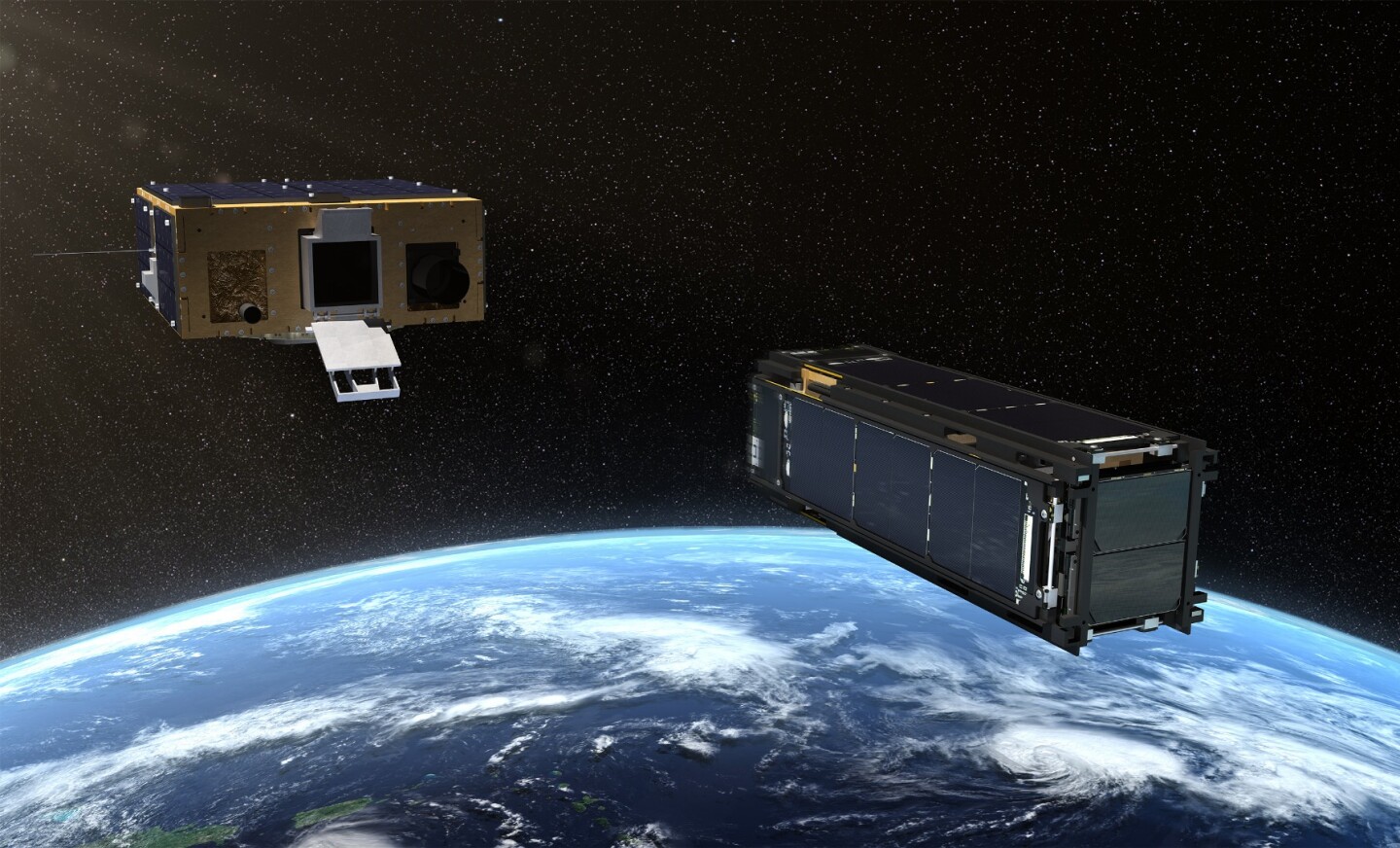Like the seafarers of old, future spacecraft could be getting around under the power of sails. But of course, with no wind in space, these sails are catching another method of propulsion – photons from starlight. The tech is soon due to be demonstrated in action onboard LightSail 2, a small satellite due to launch next week.
Developed by the Planetary Society, LightSail 2 is a CubeSat about the size of a loaf of bread. It's kitted out with cameras and communication equipment, but the main attraction of course is the solar sail. Once deployed, this mylar sail will measure 32 m2 (344 ft2), or about the size of a boxing ring.
The idea is that this huge surface area will catch photons of light from the Sun, giving the satellite a slight push in the opposite direction. And "slight" is right – the thrust is roughly equal to the weight of a paperclip. But give it enough time, and this method of propulsion should allow a small spacecraft to reach relativistic speeds – Breakthrough Starshot, for example, hopes to use a solar sail to reach Alpha Centauri in 20 years, instead of the 30,000 it would take with other current technology.
LightSail 2 won't be going anywhere near that far or fast though – the project is more of a proof of concept that the sail can work. The CubeSat will stay in Earth's orbit, but use solar photons to push it further out, changing the shape of its orbital path.
As the number in its name suggests, this isn't the Planetary Society's first rodeo. The original LightSail launched in 2015 on a similar mission, but the goal there was just to deploy the sail, not use it. Four years on, and it looks like that second target is finally within reach.
LightSail 2 is scheduled for launch on June 24, aboard a SpaceX Falcon Heavy rocket and packed inside a suitcase-sized spacecraft called Prox-1. About 80 minutes after launch, Prox-1 will be dropped off into a circular orbit at an altitude of 720 km (447 mi).

Exactly one week after launch, Prox-1 will open its hatch and release LightSail 2. The spacecraft will then boot up, deploy its antenna and begin communicating with the ground team. Solar panels will be opened up about five days after deployment, and about two weeks after launch, the solar sails will finally unfurl.
LightSail 2 will adjust the angle of the sail repeatedly during its orbit, so the face is open to the light as the craft moves away from the Sun, and then angling it side-on as it swings towards it. Repeating this process over the course of a month should alter the path of the craft's orbit, until it's at a higher altitude to when it started.
Researchers on the ground will measure the slight changes in Lightsail 2's orbit using a network of lasers. These will be beamed towards the CubeSat, bouncing off a group of mirrors on its underside. The scientists can then measure how long it takes the light to reflect back to them, giving them an understanding of how much the orbit is changing.
This process will make LightSail 2's orbit more elliptical, bringing the lowest points of its orbit closer to the Earth's atmosphere. Eventually, atmospheric drag will cancel out the photon thrust, which will end the experimental phase of the mission. Its job done, LightSail 2 will continue to orbit the planet for about a year after that, before finally being dragged back down and burning up on re-entry.
The team says that LightSail 2 may be visible to the naked eye once its sail is out. If all goes to plan, the project is an exciting first step towards interstellar spacecraft. Check out the mission plan in the video below.
Source: Planetary Society






